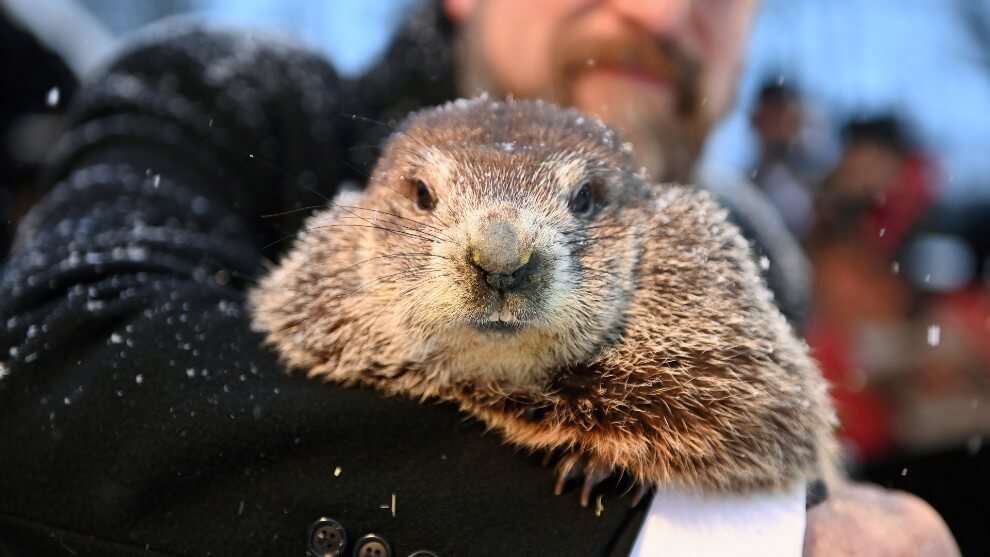Groundhog Phil predicts winter will last six weeks, so don't put away your coats or umbrellas. Groundhog Day dates back to the 1700s.
Pamela Cruz. Pen sula 360 Press [P360P].

Groundhog Phil predicts winter will last six weeks, so don't put away your coats or umbrellas. Groundhog Day dates back to the 1700s.
